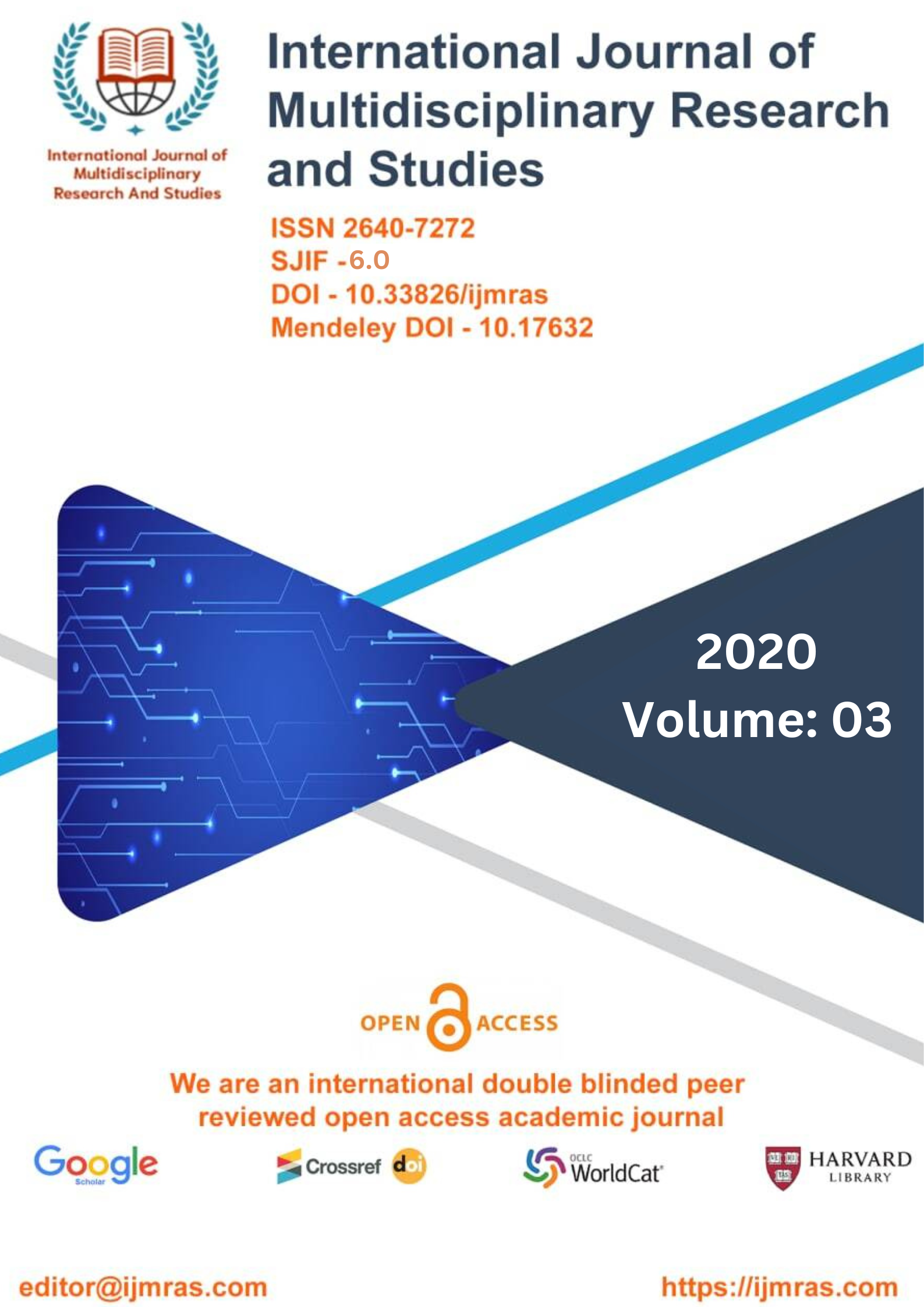BIOLOGICAL EVENTS USING A RECURRENT NEURAL NETWORK

Abstract
The computing power that is recurrent neural networks can be explored Let's look specifically at one learning strategy that can be applied to any method of training. We designed a prediction model to determine and classify a variety of biological events that can be triggered by certain phrases. We investigate the architecture of deep neural networks and propose an attention mechanism that can learn to value words differently depending on the context in which they are found. At the top layer of the network, we found that adding a set of features that were both simple and efficient was quite beneficial. It is impossible to overlook the impact that domain-based candidate filtering can have on overall performance because it plays such an important role in reducing the number of false positives. A new aspect of our architectural design is the interplay between multiple layers and components, such as the focus layer, the stacked balsam, and the feed-forward layers, which is necessary to generate an accurate model.
Keywords
Biological, Recurrent, Neural Network, stacked balsam, architectural designHow to Cite
References
. P. M. Nadkarni, L. Ohno-Machado, W. W. Chapman, Natural language processing: an introduction, Journal of the American Medical Informatics Association18(5)(2011)544–551.
. K. B. Cohen, D. Diener -Fishman, Biomedical natural language processing, Vol.11, John Benjamins Publishing Company,2014.
. G. K. Savova, A. R. Codon, I. L. Smolinsky, R. Johnson, P. V. Ogre, P. C.DeGroen, C.G.Chute, Wordsensedisambiguationacrosstwodomains: Biomed-ictal literature and clinical notes, Journal of biomedical informatics 41 (6) (2008)1088–1100.
. A. Sabir, A. Immunotypes, R. Davuluri, Knowledge-based biomedical word sense disambiguation with neural concept embeddings, in Bioinformatics and Bioengineering (BIBE), 2017 IEEE 17th International Conference on, IEEE,2017, pp. 163–170.
. A.Rios, R.Davuluri, Z.Lu, Generalizing biomedical relation classification with neural adversarial domain adaptation, Bio informatics1(2018)9.
. J. Bjarne, T. Salkowski, generalizing biomedical event extraction, in Proceed-IngsoftheBoilSharedTask2011Workshop, Association for Computational Linguistics, 2011, pp.183–191.
. J. Bjarne, F. Ginter,S.Physalis, J. Tsuji, T. Salkowski, Scaling up biomedical event extraction to the entire PubMed, in Proceedings of the 2010 workshop on biomedical natural language processing, Association for Computational Linguist-tics,2010, pp. 28–36.
. G.Statuaries, M.Schroeder, G.Palinurus,Y. Almirante’s, I . André unspools, E. Gassier, P. Gallinari, T. Arteries, M. R. Alvars, M. Schinke, et al., Biogas: A challenge on large-scale biomedical semantic indexing and question answering., in AAAI fall symposium: Information retrieval and knowledge discovery in biomedical text,2012.
. E. Apostol ova, T. Velez, toward automated early sepsis alerting: Identifying infection patients from nursing notes, Boil 2017(2017)257–262.
. Z. Hu, G. J. Simon, E. G. Arsonates, Y. Wang, M. R. Kwáan, G. B. Melton, Automated detection of postoperative surgical site infections using supervised methods and with electronic health record data, Studies in health technology andinformatics216(2015)706.
. K. Z. Vardakas, G. Saganakis, A. Pavlopoulos, M. E. Falana’s, An analysis of factors contributing to Pub Med’s growth, Journal of Informetric 9 (3) (2015)592–617.
License
Copyright (c) 2020 Minakshi Kumari

This work is licensed under a Creative Commons Attribution 4.0 International License.
Individual articles are published Open Access under the Creative Commons Licence: CC-BY 4.0.



